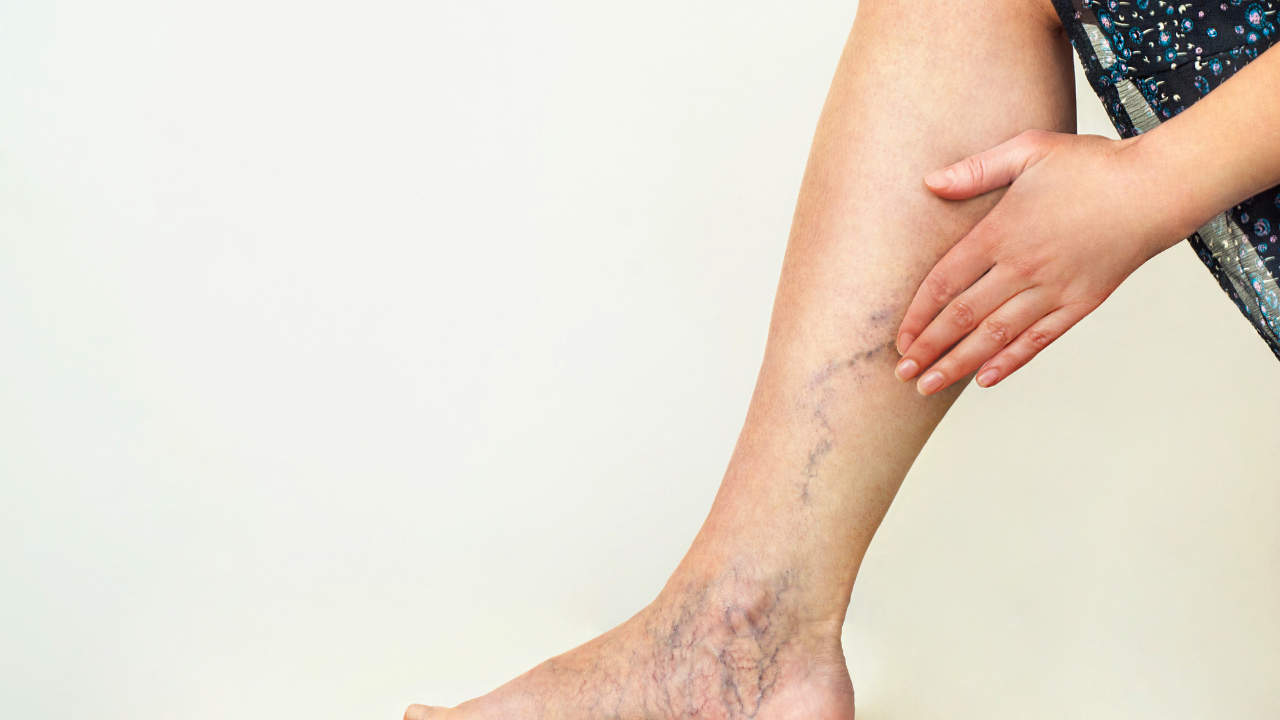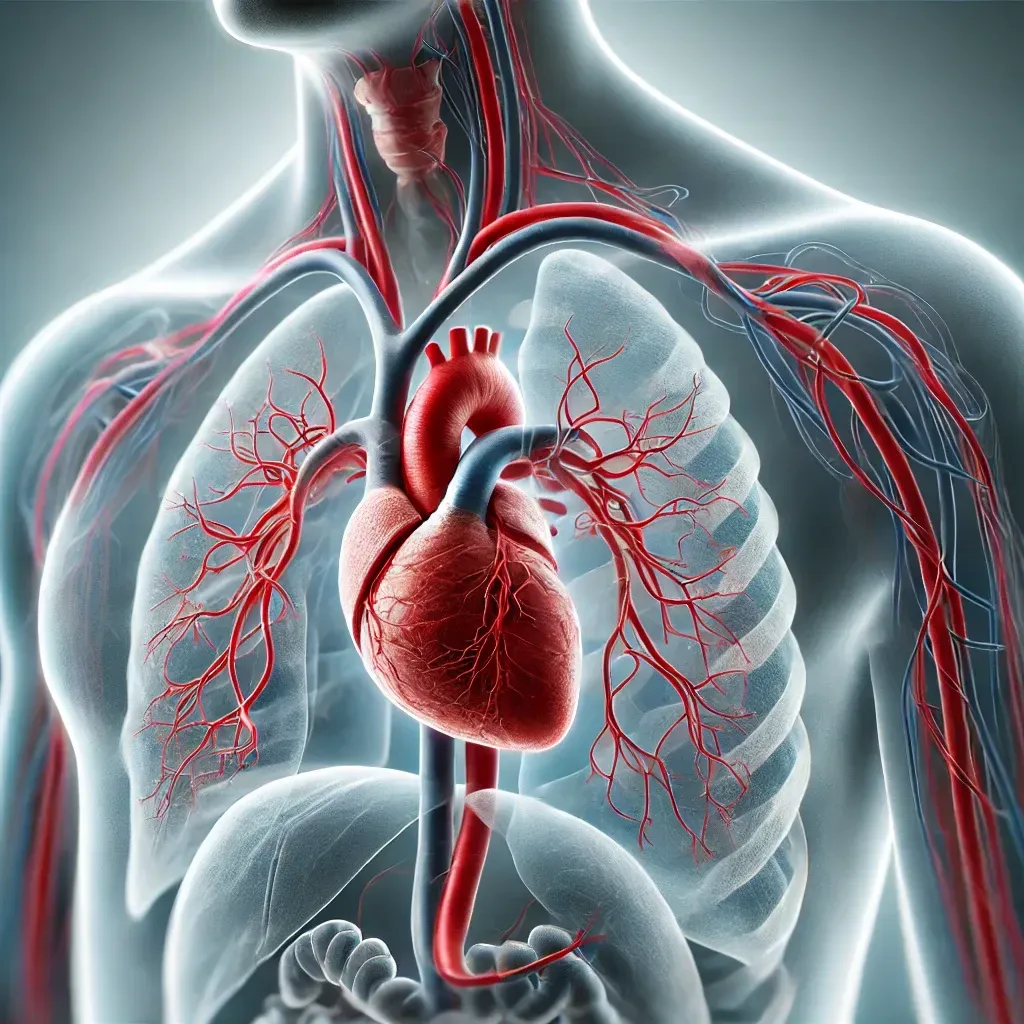3 Signs You Have an Undiagnosed Vascular Disease
Vascular diseases encompass a range of conditions that affect the blood vessels in our bodies. These conditions often go unnoticed until they progress to more severe stages, making early detection vital for effective treatment. Vascular diseases not only impact circulation but can also lead to severe health complications if left undiagnosed. For many individuals, timely consultation with a specialist in vascular surgery can make a significant difference in preventing complications and improving long-term outcomes.
1. Leg Pain or Cramping During Activity
First on the list is the presence of leg pain or cramping that occurs during physical activities, such as walking, but subsides with rest. This symptom, known as claudication, might indicate peripheral artery disease (PAD) — a common vascular condition. Due to the narrowed arteries that restrict blood flow, people constantly experience discomfort in their legs when they move. If you notice such symptoms regularly, it's crucial to seek a medical evaluation to determine the underlying cause. In some cases, treatment options may include lifestyle adjustments, medications, or vascular surgery to restore proper blood flow and alleviate discomfort.
2. Swelling in the Legs, Ankles, or Feet
Swelling in the legs, ankles, or feet might also point to an undiagnosed vascular condition. This swelling can be a result of blood pooling in the lower extremities, a common sign of chronic venous insufficiency (CVI). CVI occurs when the veins in the legs fail to return blood efficiently to the heart, causing pain, heaviness, and visible varicose veins. Being among the 40 million Americans who may have a vascular disease, according to Vascular.org, means staying alert to such changes and understanding when to consult a healthcare provider. For advanced cases, vascular surgery may be recommended to repair damaged veins or improve circulation.
3. Skin Discoloration or Non-Healing Wounds
An often-overlooked sign of vascular disease is the appearance of skin changes, such as discoloration or the development of wounds that do not heal, specifically on your legs and feet. Reduced blood flow impairs the skin's ability to heal, making infections more likely and serious over time. Monitoring your skin's health can be a key indicator of underlying vascular issues that need attention.
Recognizing the signs of vascular disease plays a crucial role in ensuring timely intervention and treatment. By being aware of leg pain, swelling, and skin changes, you take essential steps towards safeguarding your vascular health. With advancements in vascular surgery and medical care, patients now have more options than ever to maintain healthy circulation and prevent serious complications. Contact Arizona Endovascular Center today to learn more.












